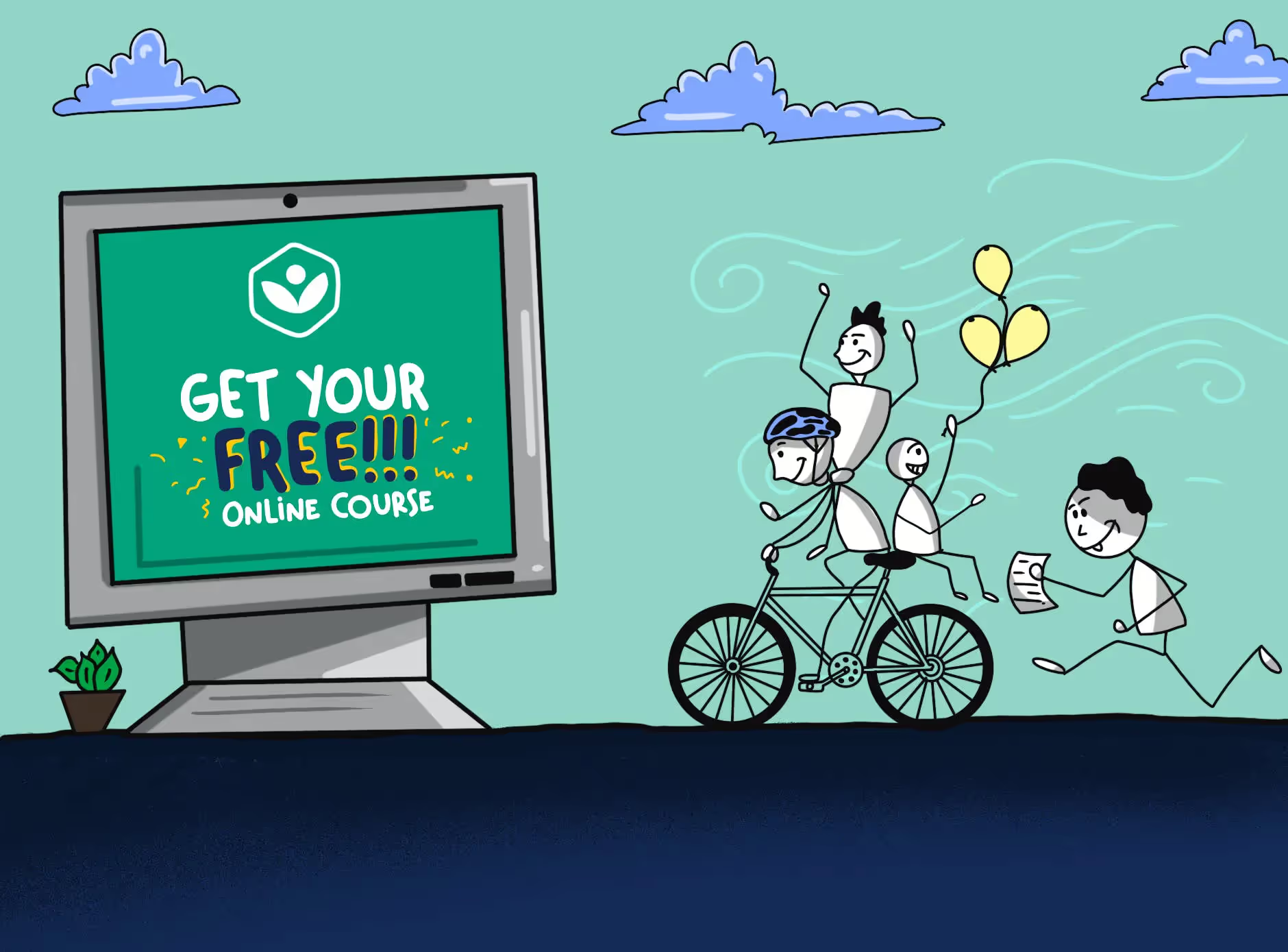


Key Takeaways
Are you one of the 48 million Khan Academy users?
Have you ever wondered how a hedge fund analyst became the creator of one of the world's most prominent non-profit organisations and one of the most influential people in the world? That too, all from behind a computer screen! Let's take a look at the story of Sal Khan, how he transformed from a part-time remote tutor to his cousins to the world's favourite teacher.
Firstly, you should know that Khan Academy was established by pure passion and a dream. Sal Khan, founder and CEO of Khan Academy, was a hedge fund analyst with degrees from MIT and Harvard. In 2004, he started teaching mathematics to his cousin, Nadia, helping her improve in her math class, word spread, and he began teaching many of his family members. On the demand of one of his cousins, he started uploading videos of him training on YouTube to learn at their own time without the issue of scheduling. His videos quickly became a big hit when people other than his family started watching them and giving him encouraging feedback. In 2009, Sal Khan took a very bold step by quitting his job and devoted his entire focus on his dream "to provide a free, world-class education to anyone, anywhere". He survived only on his savings for nine months living in a near poverty state to reach his goal. After that, he finally received a significant donation, and Khan Academy began to flourish. In 2010, it received huge grants from Google and the Bill and Melinda Gates Foundation, and in 2015 it even got the nod from College Board, making Khan Academy the official SAT and AP preparation website. Today, Khan Academy has over 6,500 videos in 36 different languages and a team of 150 people teaching millions of kids worldwide.
Now, let's understand what's so special about Khan Academy and how Khan Academy became such a success. The answer may seem very obvious; it's free! Yes, Khan Academy is a non-profit organisation that provides free resources to all users and financially operates only on donations making it accessible to anyone with an internet connection. The fact that it's free has played a crucial role in Khan Academy's success, but there's more to the story. I have summarised their ten core USPs below:
- Khan Academy is very comprehensive, from math and science to finance and history. Not every time a niche works, covering a broader spectrum of subjects attracts more audience too.
- Khan Academy covers almost all subjects and learners, translating its videos to 36 different languages from kindergarten to high school. Regional languages play a crucial role in the online learning market and can open up new geographies easily.
- The Academy even has exam-specific preparation for MCATs, SATs, APs, LSATs, etc. Courses that tie back to an examination or certifications have a natural demand and are easy to sell.
- Khan Academy is based on self-paced learning and progression after mastery which has started a revolution. Self-Paced courses work in most cases, especially with learning paths that can add more value to your catalogue.
- The most impactful feature of Khan Academy is its teaching style— ten-minute videos consisting of a black screen with dynamic colourful strokes and a euphonious background voice. Shorter videos (8-10 Mins) are the key to self-paced learning, apart from clear voice and on-screen visuals.
- Each topic is explained in a fun and exciting manner, making lectures compelling and addictive rather than boring. If you can incorporate story-telling techniques into your lecture delivery, then it's going to be an easy win.
- After each class, there are online interactive tests that allow the learner to identify their gaps in knowledge and immediately display the solution and suggested lecture to watch for working on these gaps. Your instructional design should have a mix of lectures, read-ups, discussions, polls, quizzes, tests, and assignments to improve engagement.
- Using mastery points and badges to gamify the learning process again succeeds in vivifying the user experience.
- Every user has a dashboard to keep track of the courses they are taking and their progress in each class; they can create goals and earn badges on completing these goals. This system keeps the student motivated and eager to keep learning; everyone likes to celebrate their achievements.
- There are plenty of resources for teachers as well一 teachers can make their classrooms in Khan Academy and monitor each student's progress with access to resources such as graphs, charts, and tables. Teachers can then understand their performance and guide them according to their needs and requirements.
Sal Khan ridicules the current schooling system saying that it compels students of different abilities and aptitudes to advance at a pre-defined pace or "a one-size-fits-all lecture is not the way to go about education". He suggests that the system is flawed and advocates a new and more efficient methodology of self-paced learning. Inspiring the likes of EdX, Coursera, Udemy, and many more to follow, Khan Academy has undeniably revolutionised online understanding. If you want to start an online learning course, then be sure to incorporate the innovative features of Khan Academy. Click on the link to get started right away https://edisonos.com/signup!
Frequently asked questions

Tutors Edge by EdisonOS
in our newsletter, curated to help tutors stay ahead!
Tutors Edge by EdisonOS
Get Exclusive test insights and updates in our newsletter, curated to help tutors stay ahead!











.png)
.webp)
